In 1942, during WWII, Childersburg in Talladega, Alabama was overrun with workers at the new defense plant which manufactured high explosives. The large influx of 8000 workers in the small town of Childersburg, Alabama put a premium on housing for the workers.
John Collier, Jr., “an American anthropologist and an early leader in the fields of visual anthropology and applied anthropology was
a member of the renowned documentary photographic project of the Farm Security Administration of the Depression-era. Below are some pictures he took of the housing available for workers in the defense plant at Childersburg in May 1942.
Childersburg Coosa Court defense housing project
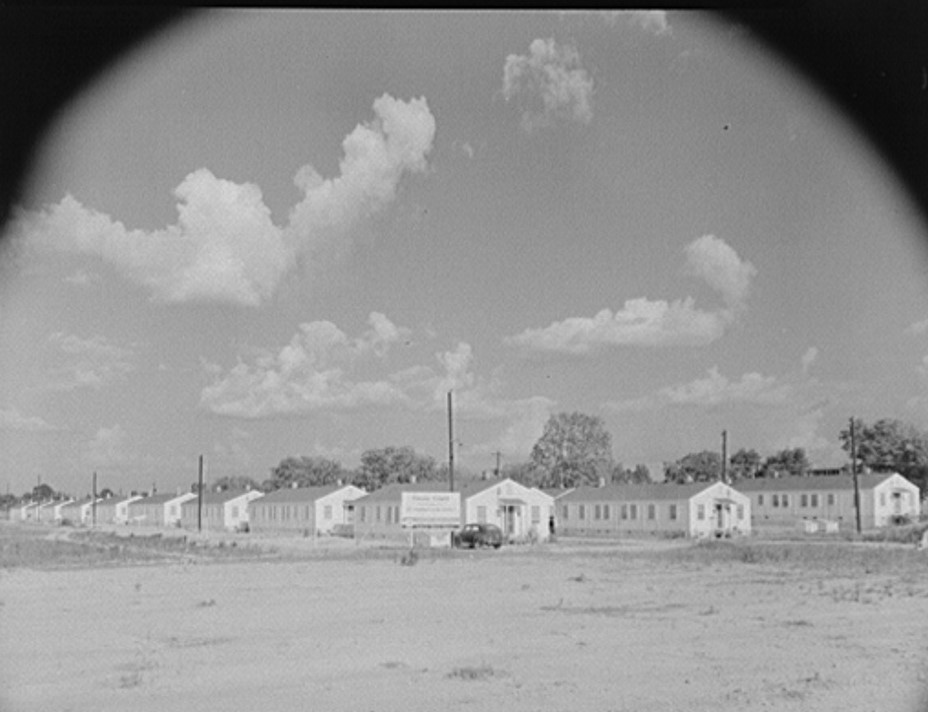
Childersburg Coosa Court housing May 1942
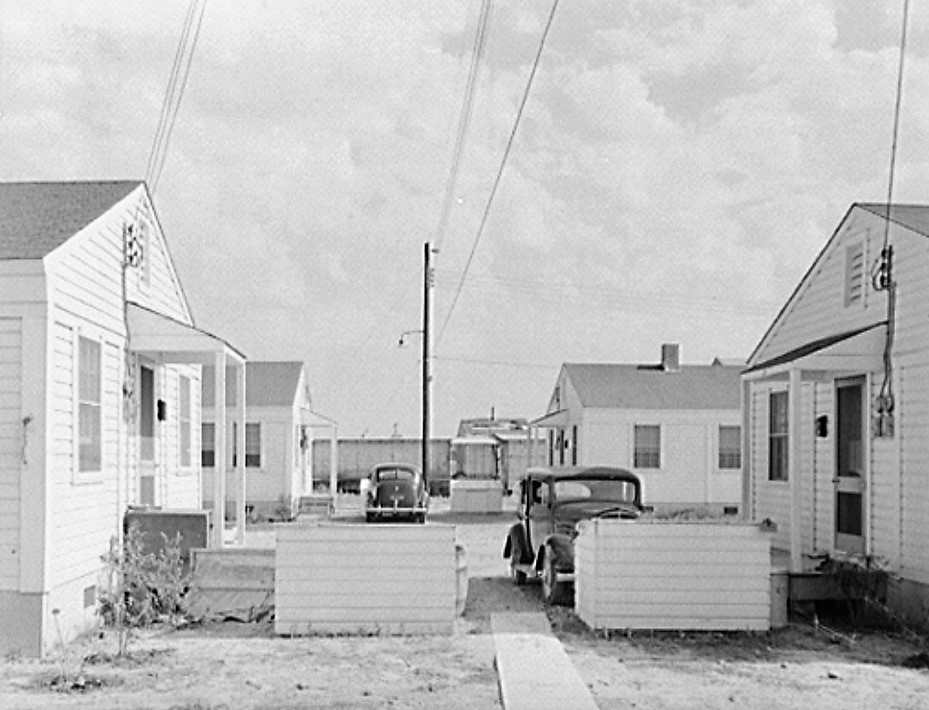
Childersburg, Alabama – Bunkhouse and cafeteria to accommodate a hundred defense worker May 1942
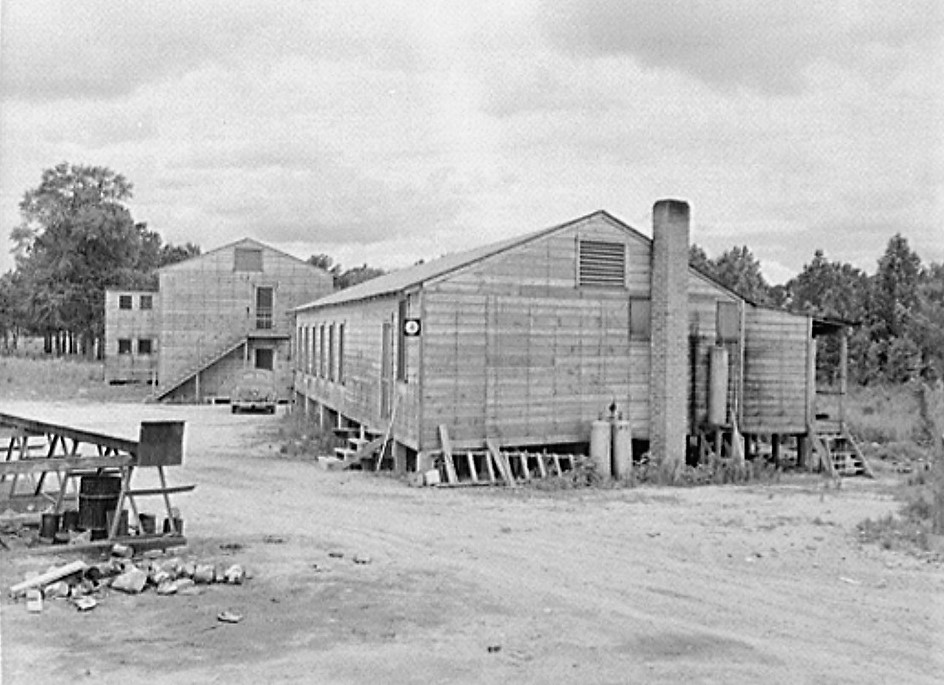
Childersburg African American bunkhouses May 1942
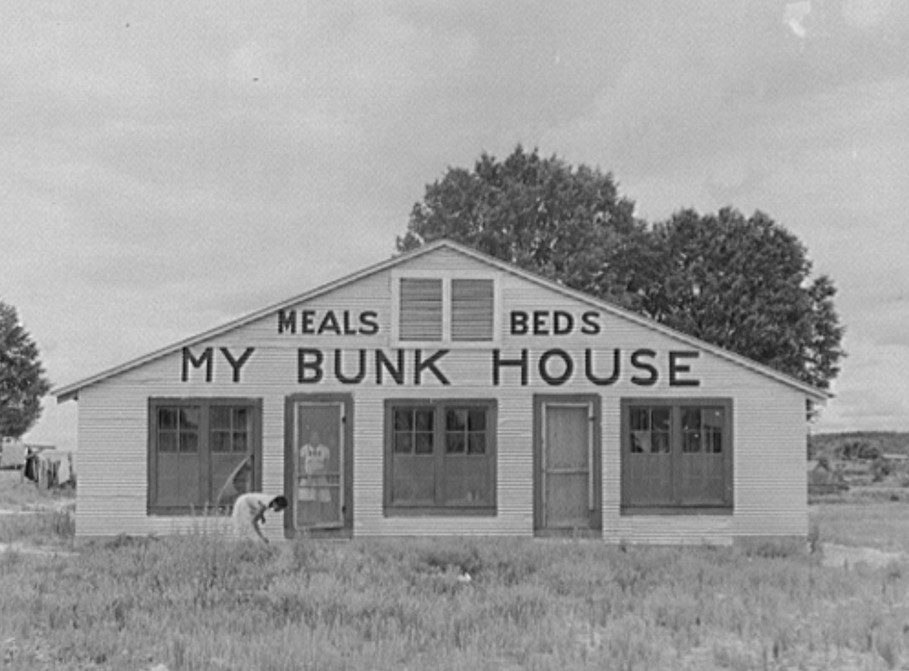
Childersburg African American bunkhouses May 1942
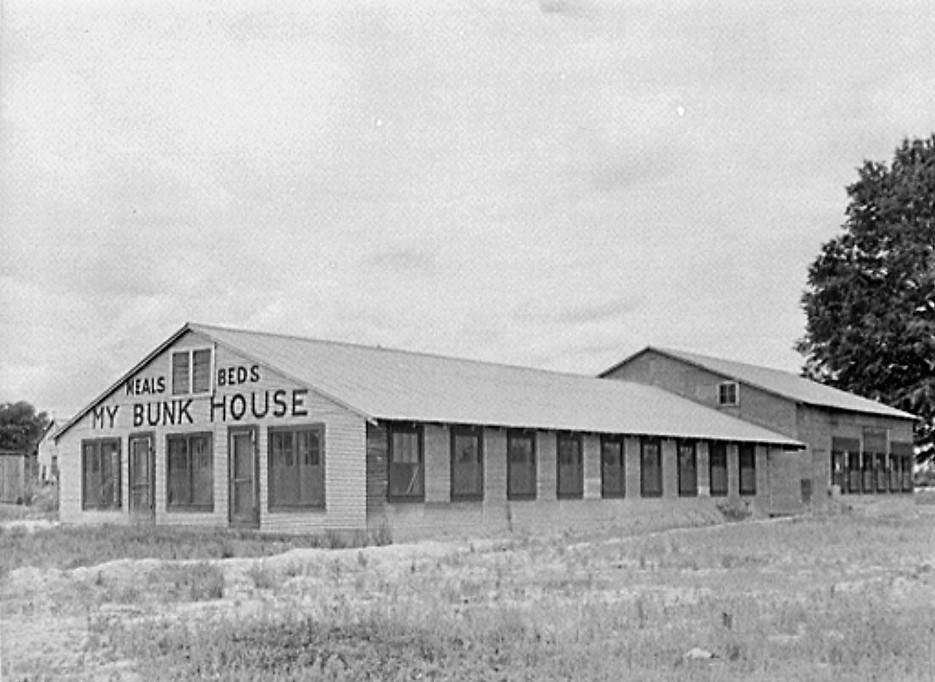
Coosa Court defense housing project a pleasant home for Dupont powder plant workers 1942
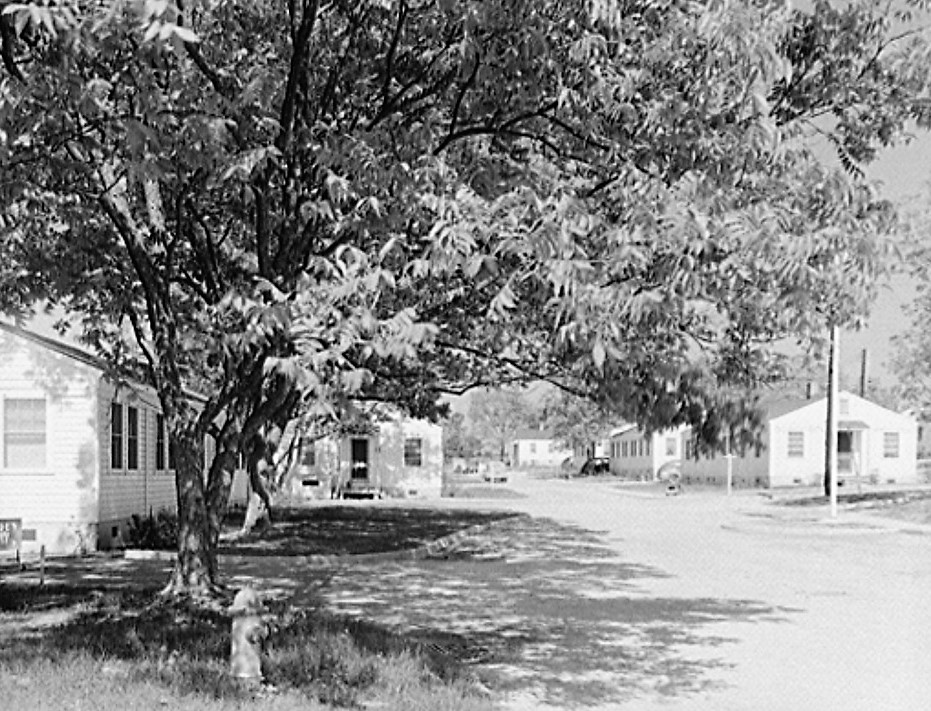
Childersburg, Alabama. Privately built apartment to accommodate defense workers May 1942
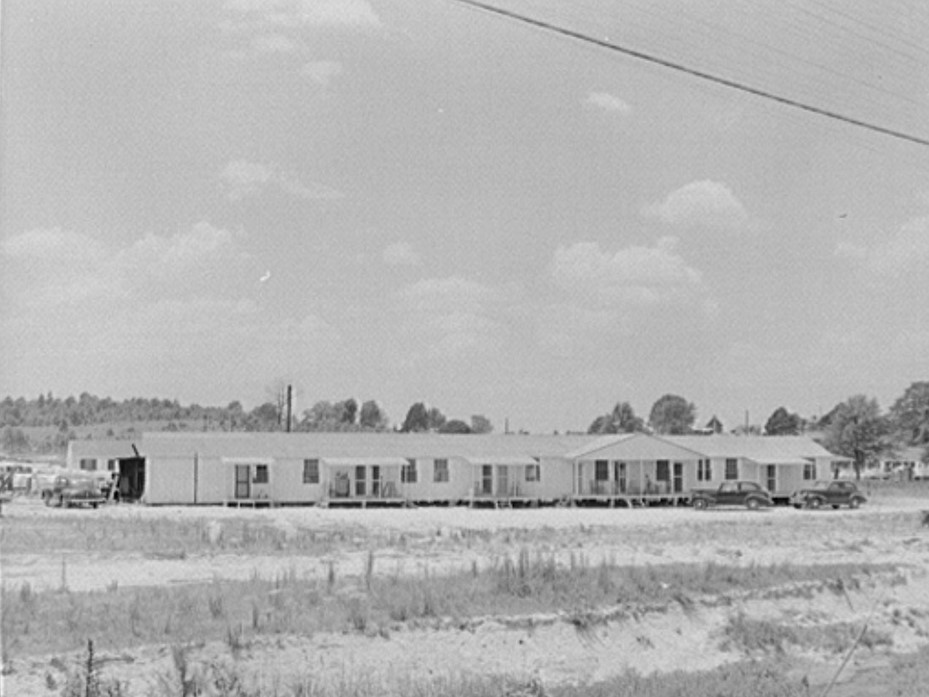
Childersburg, Alabama – Privately built apartment to accommodate defense workers on hill May 1942
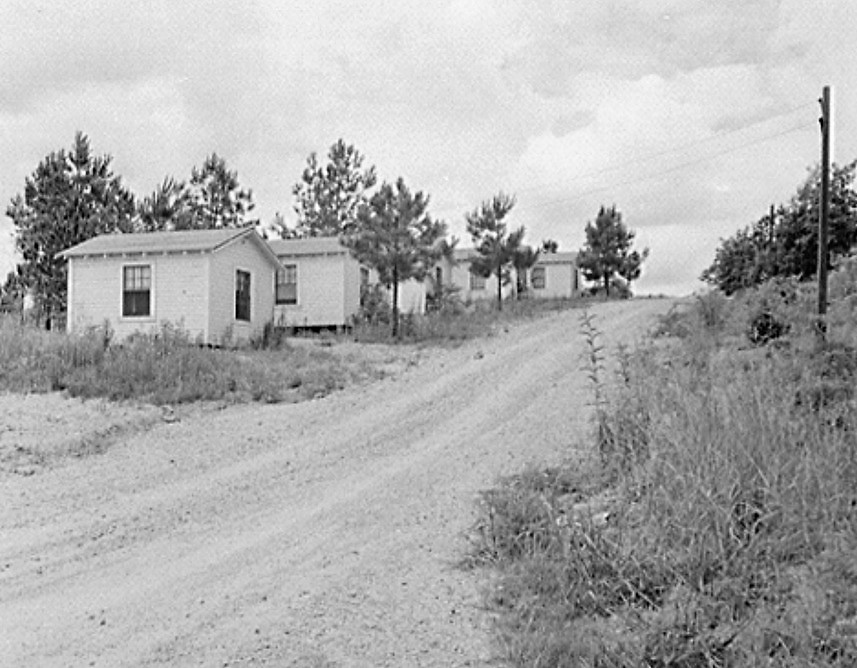
Childersburg, Alabama, Privately built apartment to accommodate defense workers May 1942
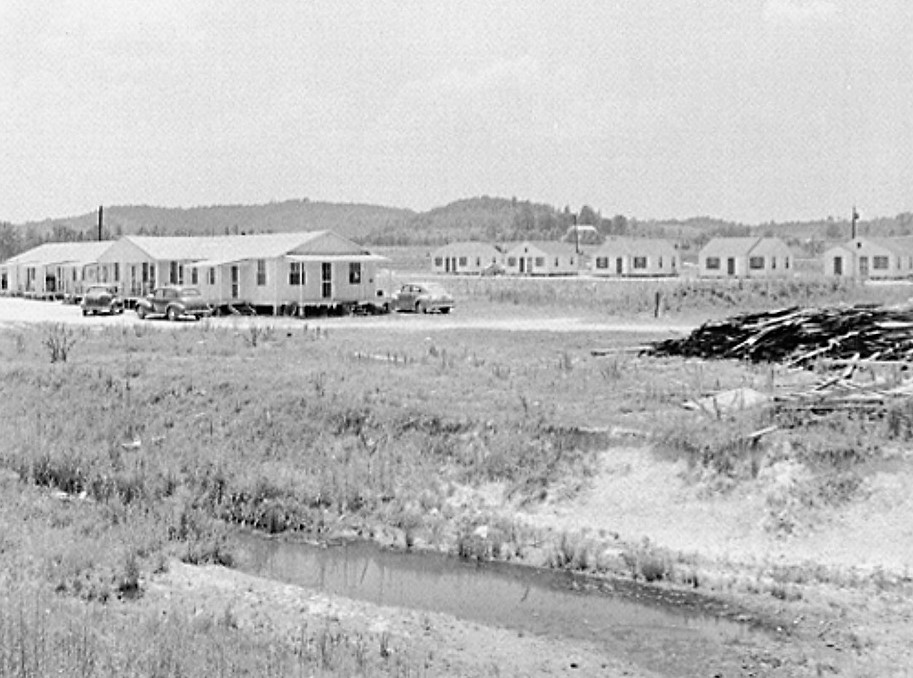
Childersburg, Alabama, Privately built apartment to accommodate defense workers May 1942
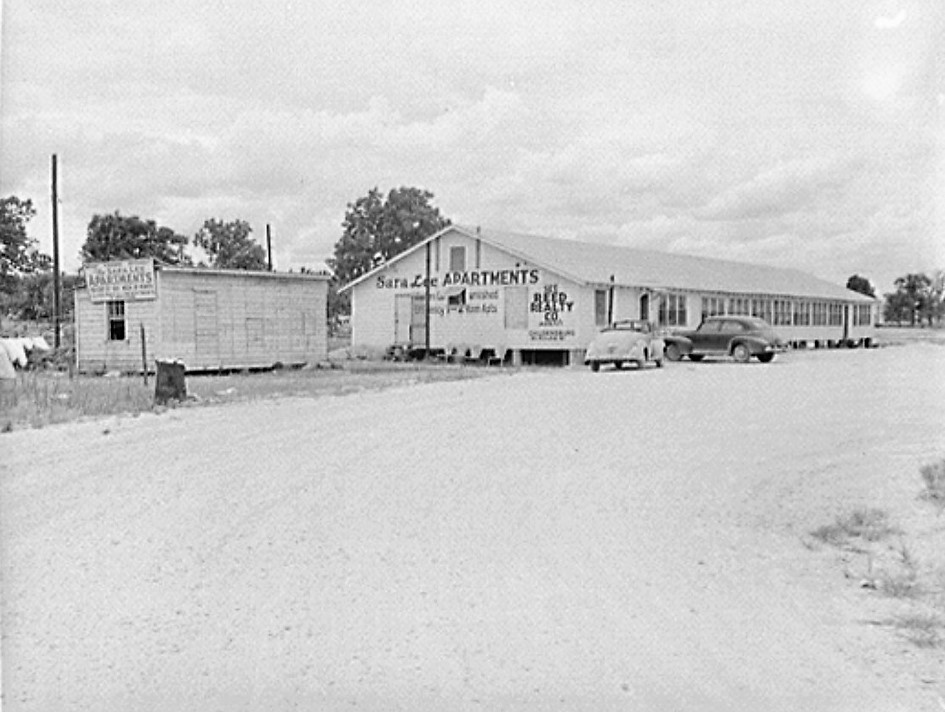
Childersburg, Alabama. Rooming house in the heart of town May 1942
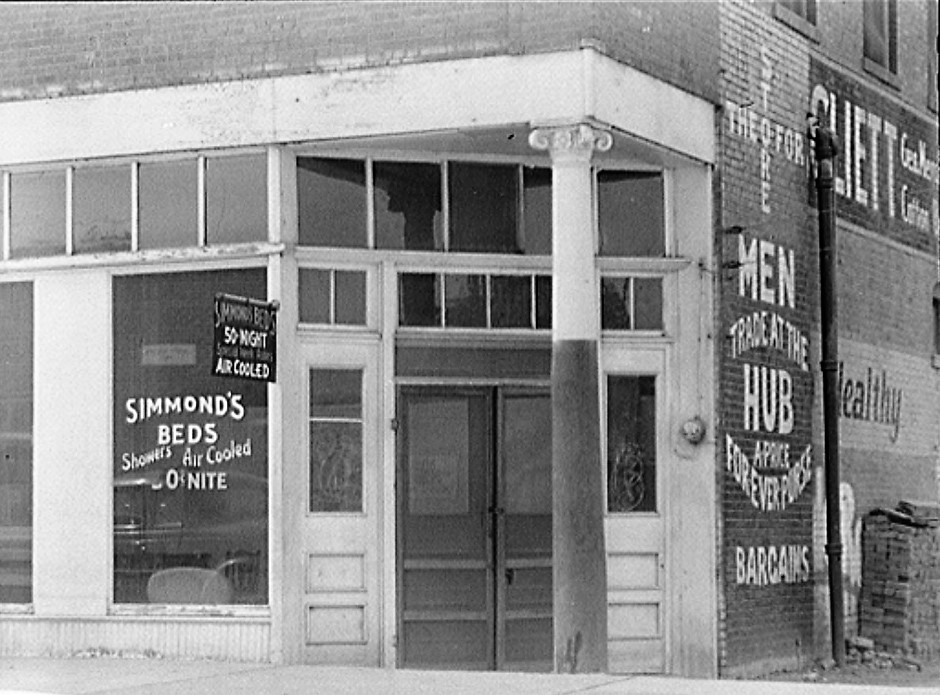
Childersburg, Defense Bunkhouse that housed 100 workers
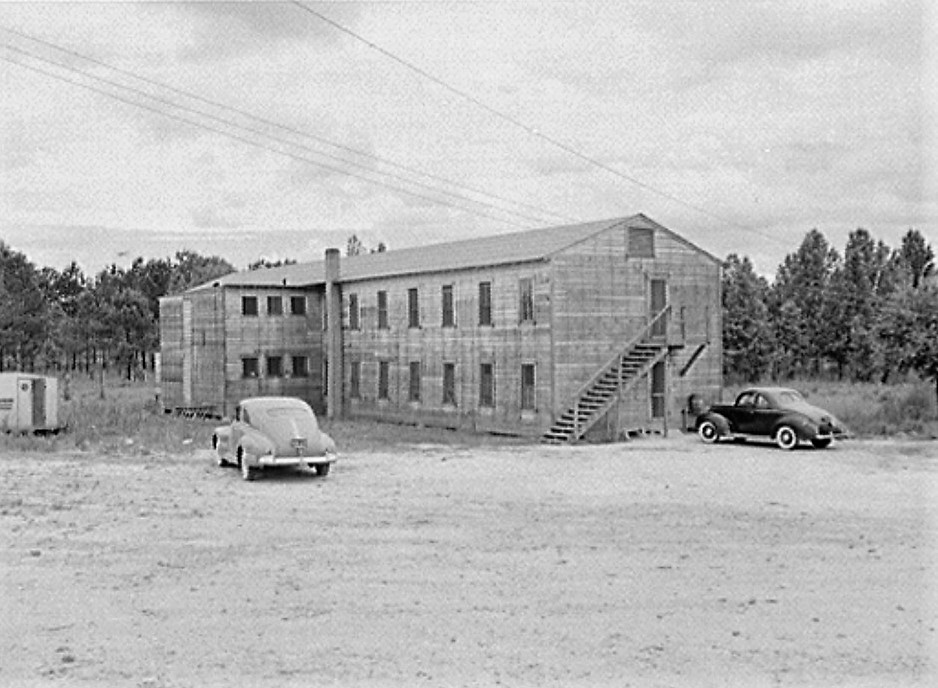
Defense workers who could not get in a housing project or buy trailers live in tents or one-room shacks
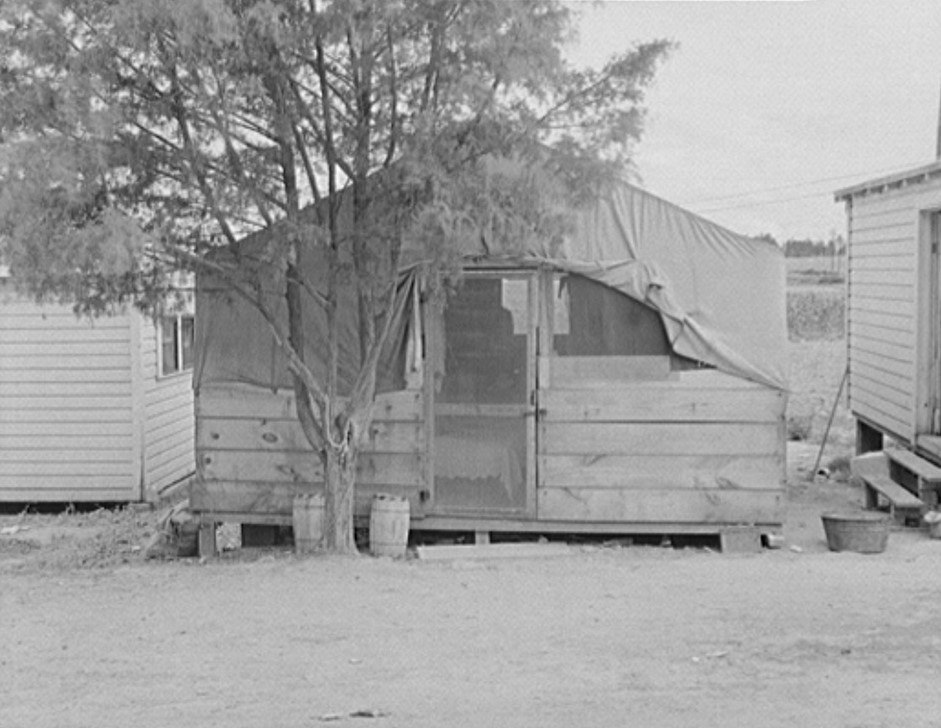
Defense workers who could not get in a housing project or buy trailers live in tents or one-room shacks
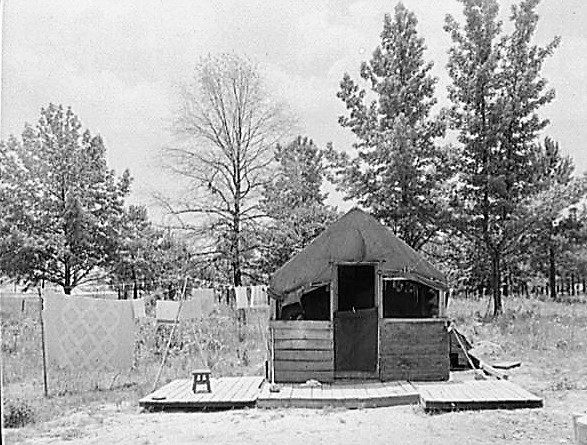
Defense workers who could not get in a housing project often bought trailers for their families.
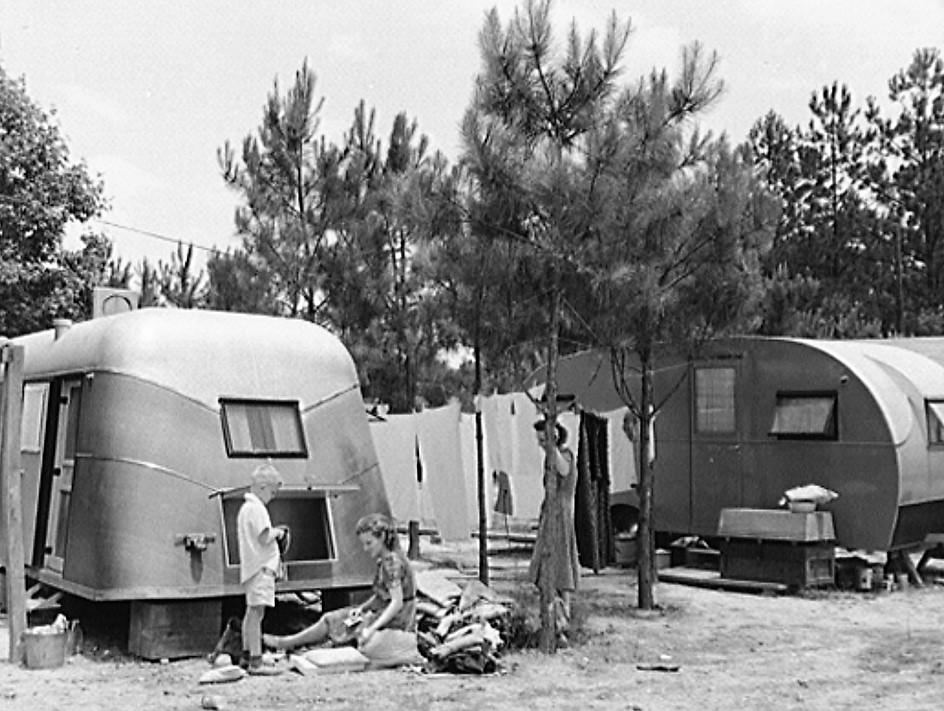
Childersburg, Alabama where the rent was three dollars a month in the trailer parks in May 1942
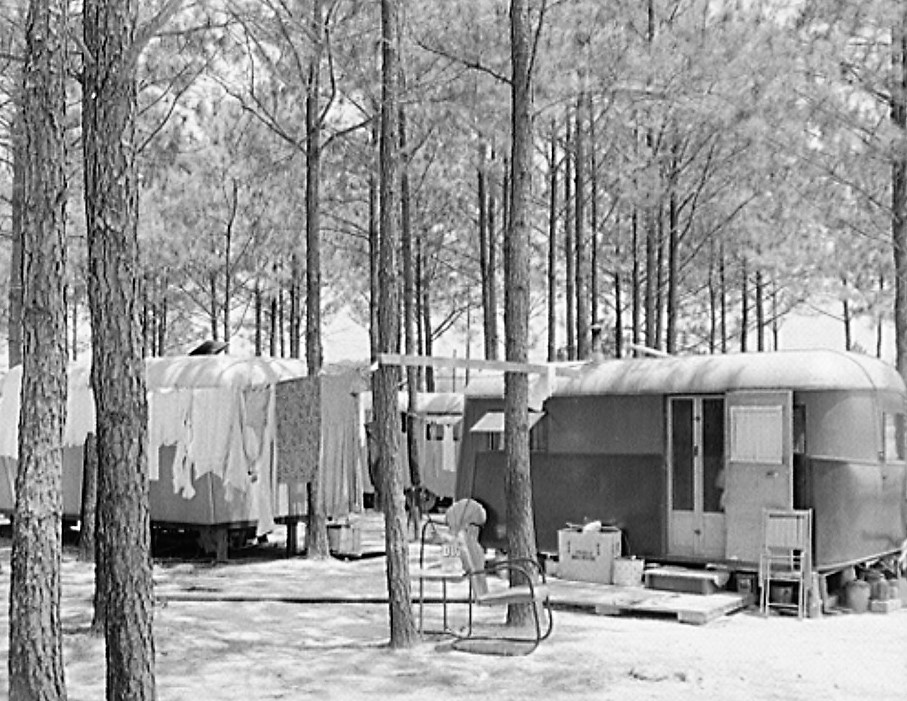
Alabama Footprints Volumes V-VIII: Four Books in One
BUY ONE GET ONE FREE! Volumes V – VIII (below) have been combined into one book
- ALABAMA FOOTPRINTS Immigrants: Lost & Forgotten Stories (Volume 5)
- ALABAMA FOOTPRINTS Statehood: Lost & Forgotten Stories (Volume 6)
- ALABAMA FOOTPRINTS Removal: Lost & Forgotten Stories (Volume 7)
- Alabama Footprints Volumes V-VIII: Four Books in One


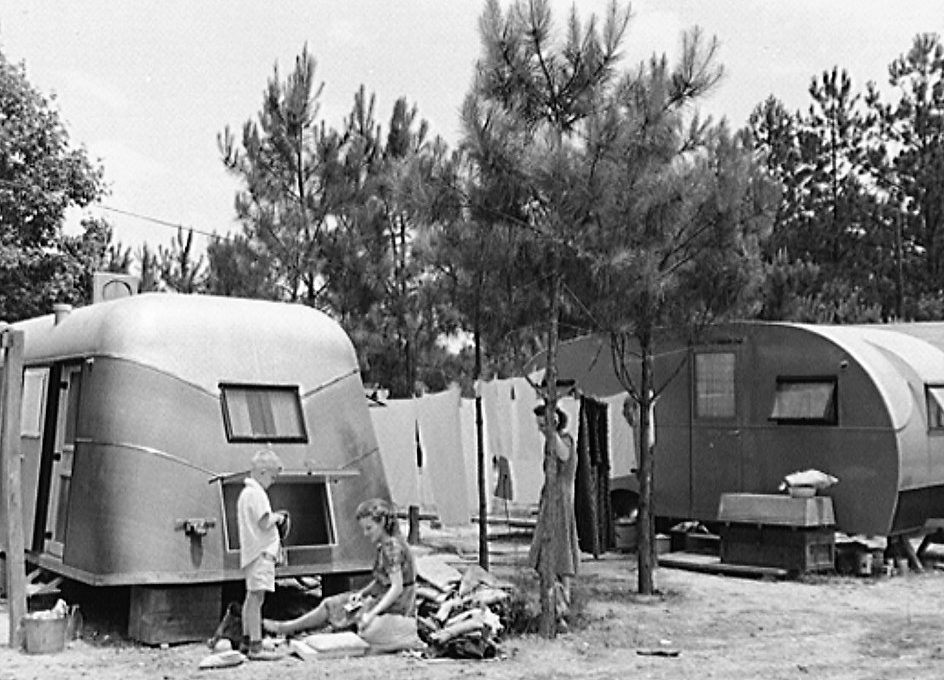
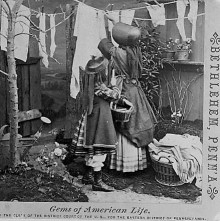


Worked at a water plant in Alpine Alabama that was once a part of the munitions plant.